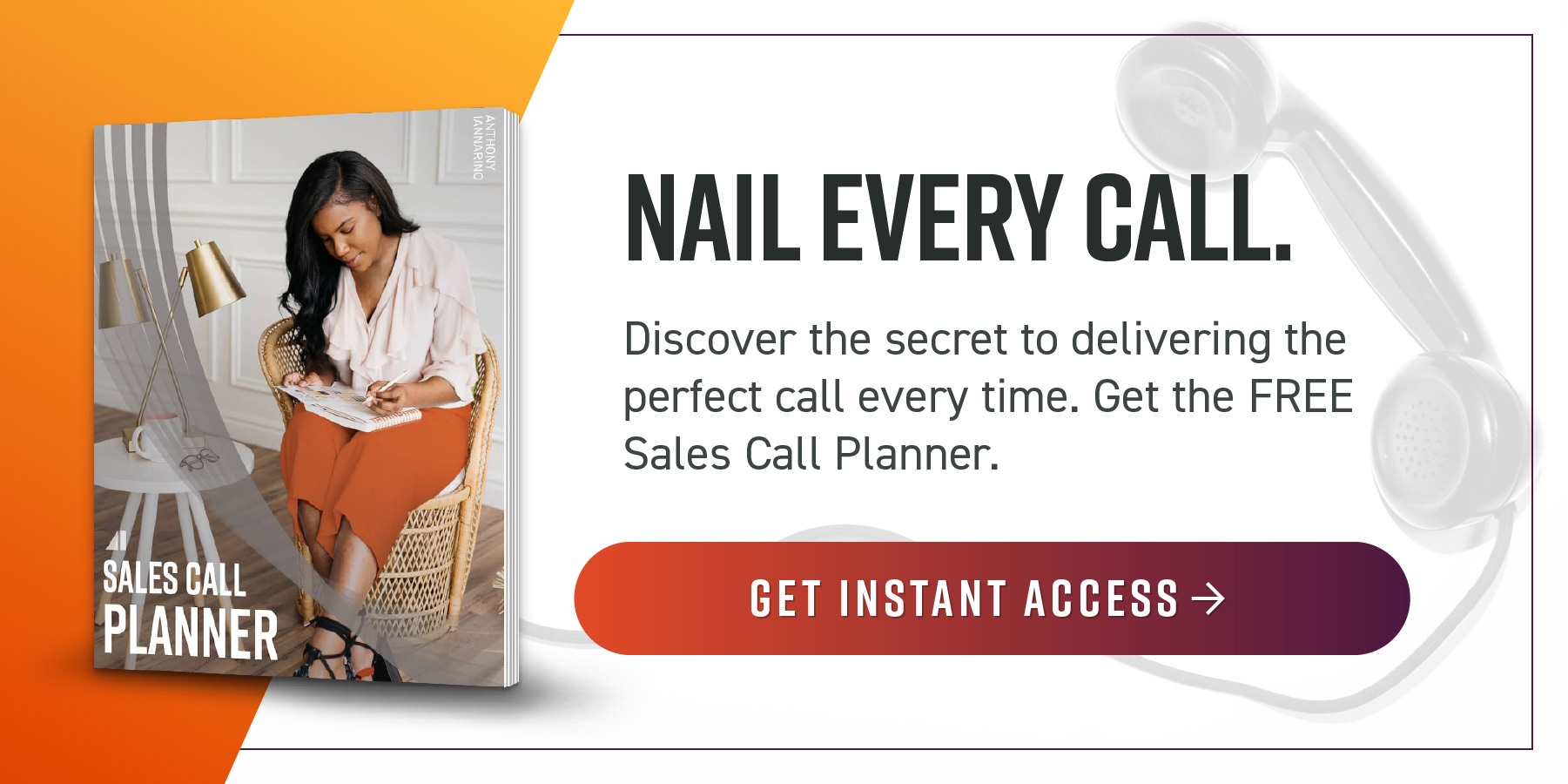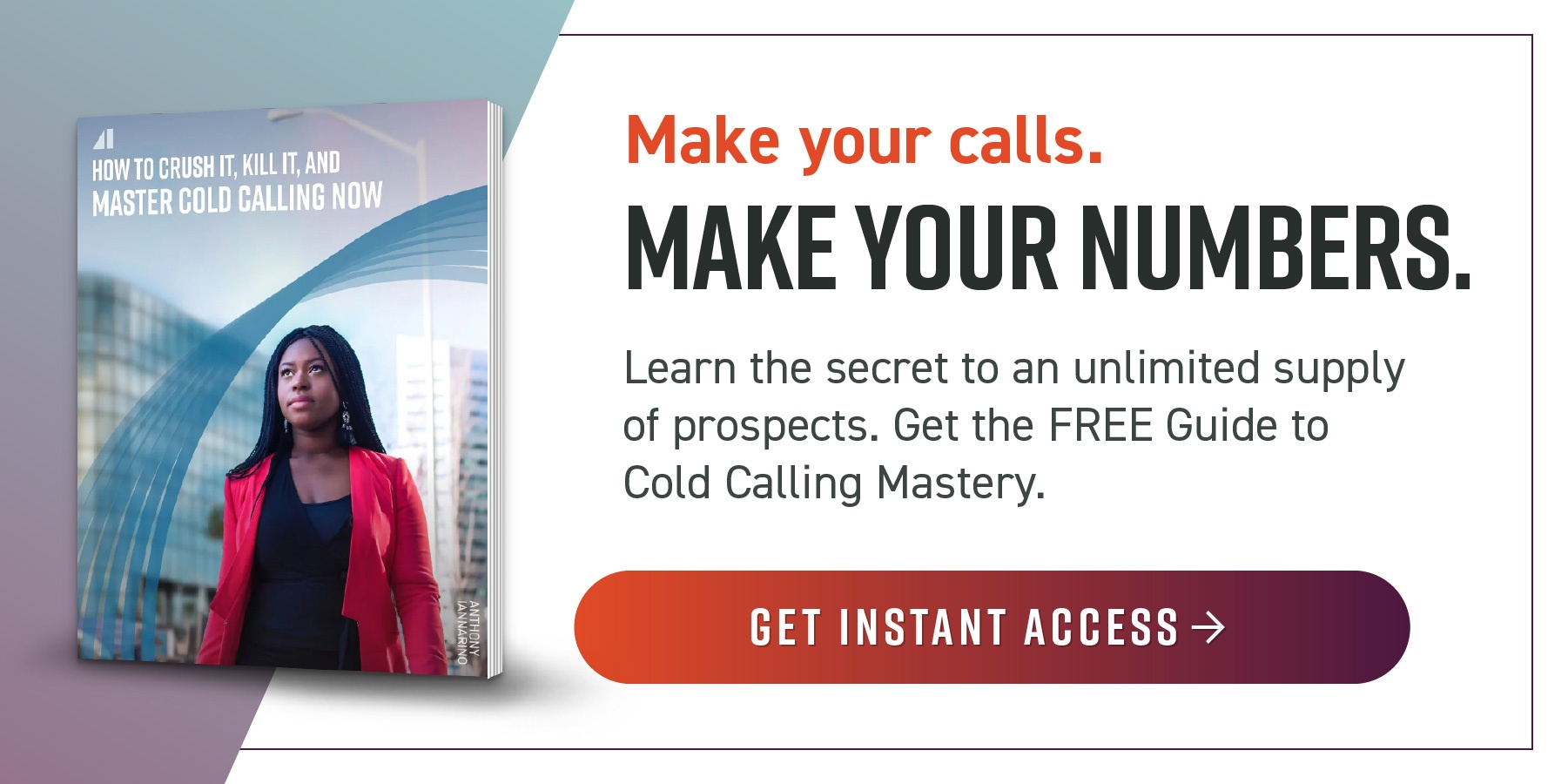The most important thing you need to know about using LinkedIn for prospecting is what not to do. The social platforms require a different strategy, one that is based on a pull approach instead of a push approach. Most of the people using LinkedIn for prospecting practice an approach we describe as "spray and pray," meaning they are not targeting people and companies that they believe might need what they sell, choosing instead to connect with people with executive titles.
Before diving into how to use LinkedIn for prospecting, let's first cover the techniques that will harm your prospecting efforts. By removing these dreadful approaches, you'll improve your results.
Push, Spray, and Pray Is Not Prospecting
By the end of this article, you will understand the difference between the push and pull approaches. People who are sales-illiterate practice a push approach on a platform designed for a pull strategy.
Consider a person that requests to connect to your network. They have a professional and attractive photo, and their profile is complete. They look like a real person, and they add a note to the request, saying something like, "I'd like to learn about you and your business." This is a sure sign they believe you are their prospect. Fourteen seconds later, your new connection has sent you a long message about themselves, their business, and how they can help you. At the bottom of the message, the sales-illiterate salesperson has included a link to their calendar, which you can use to set up a meeting with them.
A short interlude: Just for fun, click on one of those calendar links. You’ll notice that the person is available at 9AM, 10AM, 11AM, 12PM, 1PM, 2PM, 3PM, and 4PM. Do this more than one time so you can see just how poorly this strategy works. Every calendar I have looked at has every opening available.
This is a push strategy. The sales-illiterate salesperson or entrepreneur believes that writing a relatively long InMail and offering their victim a chance to schedule a meeting is prospecting. When that doesn't work, the professional spammer follows up on their first message with a note that suggests the person owes them a response.
The Truth about Sales Success
In The Lost Art of Closing: Winning the 10 Commitments That Drive Sales there is a chapter about the “trading value rule." This is one of my primary observations about professional sales. The trading value rule requires the salesperson to trade value for their prospective client's time. By trading value in every interaction, you make it easier for people to engage with you. This is the master key to creating and winning new opportunities. The sales-illiterate salesperson is only interested in claiming value without creating any value. This brings us to LinkedIn prospecting and pull strategies.
Pull Strategy on LinkedIn
You might have noticed that LinkedIn is a content platform. People post their thoughts, some professional, others less so. Recently, the platform resembles Facebook, as it is becoming more political and more people are using it to entertain their connections. The people who know how to use LinkedIn tend to post things that position them as having expertise in their field, offering something of value to their network. They avoid posting content that doesn't help them establish their expertise.
This pull strategy uses something of value to draw others in. By contrast, users of the push strategy send an InMail into a prospect’s inbox and follow up by pushing a link to their sad, lonely, pathetic calendar.
By trading value for attention, you build an audience of people who experience the benefits of having you as a connection. This is how the platform works, and there is no way to cheat the trading value rule. The first and best approach to using LinkedIn for prospecting is to give your insights away by publishing on the platform. The better your content and insights, the more people will follow you.
It's easier for people to engage with you when they know what you care about. If you have followed me on LinkedIn, it won't take you long to recognize I care about sales effectiveness. You need to publish what you care about in a way that creates value for the people who you want to work with.
What to Send to a Prospective Client's InMail
Don't send a pitch for a meeting or a self-oriented note about you, your company, and your product or service. Instead, send an InMail and offer your prospective client something that is valuable—without making an ask. You are trading value and nurturing a potential relationship.
If you want to be professional and have been publishing content people find valuable, you can send an InMail that says something like, "I am responsible for you and your company, and I want to make sure that, should you need anything, you can call me at 614-555-1212." This would likely be the fourth touch in a prospecting sequence in which the first two touches are phone calls and the third is an insight-rich email that positions you as an authority and expert without your needing to use those words.
















Comments